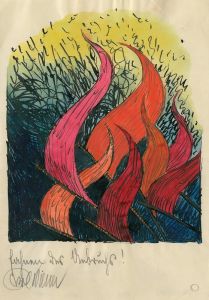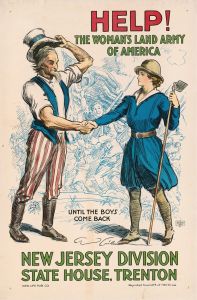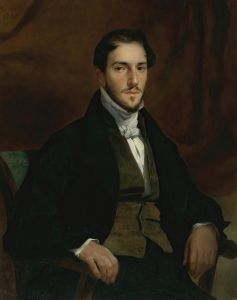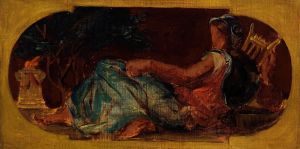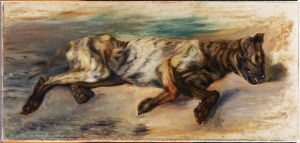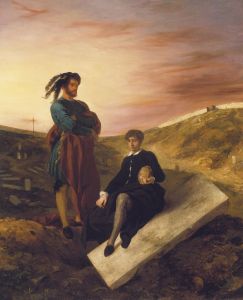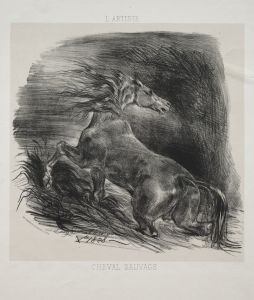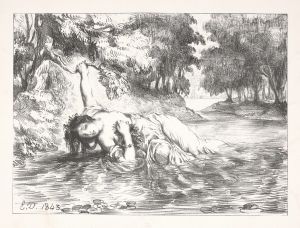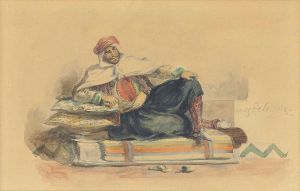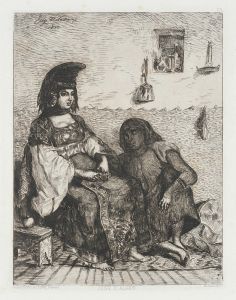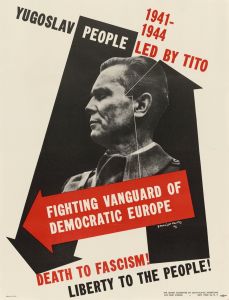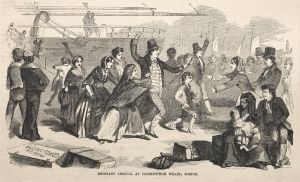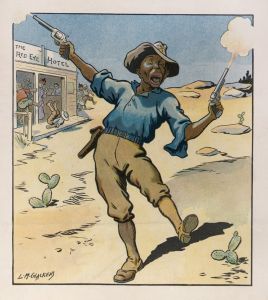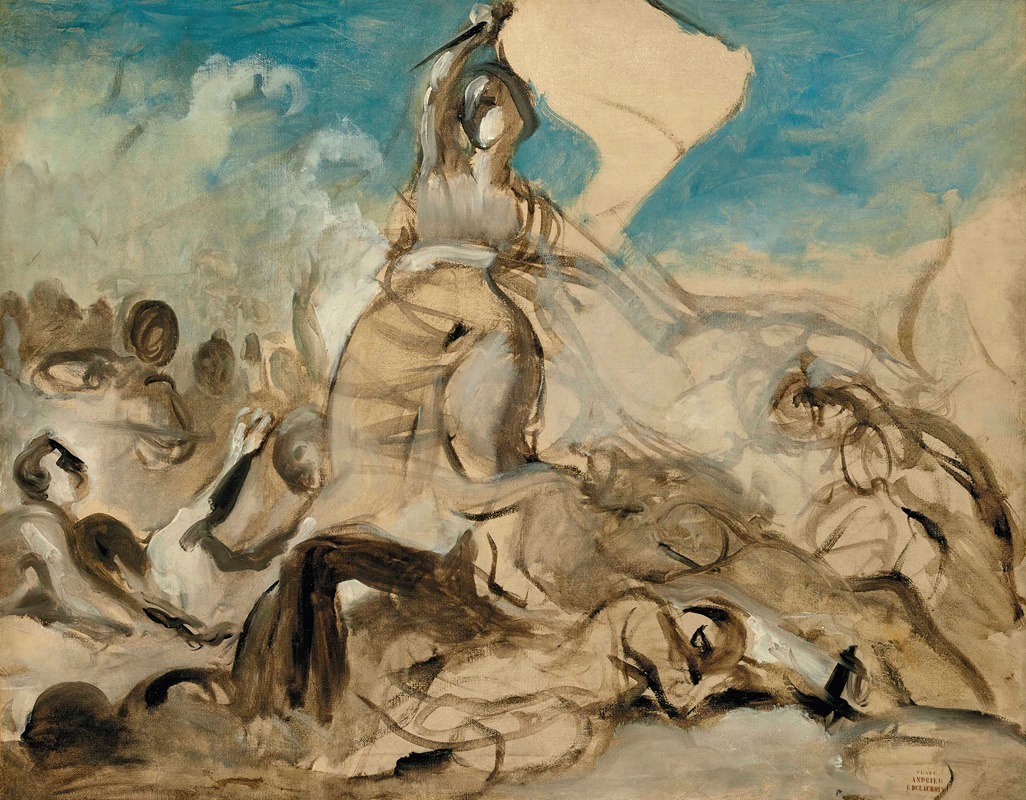
la liberté guidant le peuple
A hand-painted replica of Eugène Delacroix’s masterpiece la liberté guidant le peuple, meticulously crafted by professional artists to capture the true essence of the original. Each piece is created with museum-quality canvas and rare mineral pigments, carefully painted by experienced artists with delicate brushstrokes and rich, layered colors to perfectly recreate the texture of the original artwork. Unlike machine-printed reproductions, this hand-painted version brings the painting to life, infused with the artist’s emotions and skill in every stroke. Whether for personal collection or home decoration, it instantly elevates the artistic atmosphere of any space.
"La Liberté guidant le peuple" (Liberty Leading the People) is an iconic painting by the French artist Eugène Delacroix, completed in 1830. This masterpiece is celebrated for its vivid portrayal of the July Revolution of 1830 in France, which led to the overthrow of King Charles X. Delacroix's work is a powerful allegory of liberty and revolution, capturing the spirit and fervor of the time.
The painting measures 260 cm × 325 cm (102.4 in × 128.0 in) and is housed in the Louvre Museum in Paris. Delacroix, a leading figure of the Romantic movement, was inspired by the events of July 27-29, 1830, known as "Les Trois Glorieuses" (The Three Glorious Days), during which Parisians rose against the repressive regime of Charles X. The revolution resulted in the establishment of the July Monarchy under King Louis-Philippe.
At the center of the composition is the personification of Liberty, depicted as a robust and determined woman leading a diverse group of revolutionaries. She holds the tricolor flag of France in one hand and a bayonetted musket in the other, symbolizing both the fight for freedom and the unity of the French people. Liberty is shown bare-breasted, a classical symbol of truth and the nurturing aspect of freedom, and she wears a Phrygian cap, a symbol of freedom and the pursuit of liberty dating back to the Roman era.
Surrounding Liberty are figures representing different social classes and ages, emphasizing the collective nature of the uprising. To her left is a young boy brandishing pistols, often interpreted as a symbol of youthful exuberance and the future of France. To her right is a man in a top hat, believed to represent the bourgeoisie, who played a significant role in the revolution. The diverse group also includes workers, students, and soldiers, highlighting the widespread support for the revolutionary cause.
The background of the painting is filled with smoke and chaos, capturing the tumultuous atmosphere of the barricades in Paris. The Notre-Dame Cathedral is faintly visible through the haze, anchoring the scene in a recognizable Parisian setting and symbolizing the heart of the city where the revolution unfolded.
Delacroix's use of color and dynamic composition enhances the emotional impact of the painting. The bold use of reds, whites, and blues not only reflects the French national colors but also adds to the dramatic intensity of the scene. The diagonal arrangement of figures creates a sense of movement and urgency, drawing the viewer's eye towards the figure of Liberty.
"La Liberté guidant le peuple" is not only a historical document but also a work of art that transcends its immediate context. It has become a universal symbol of the fight for freedom and the power of the people to effect change. Delacroix himself was deeply moved by the events of 1830, and this painting reflects his personal engagement with the political and social issues of his time.
The painting has had a lasting impact on both art and popular culture, influencing countless artists and becoming an enduring symbol of revolutionary spirit. Its powerful imagery continues to resonate with audiences worldwide, making it one of the most celebrated works in the history of Western art.





